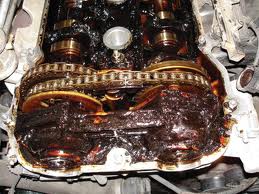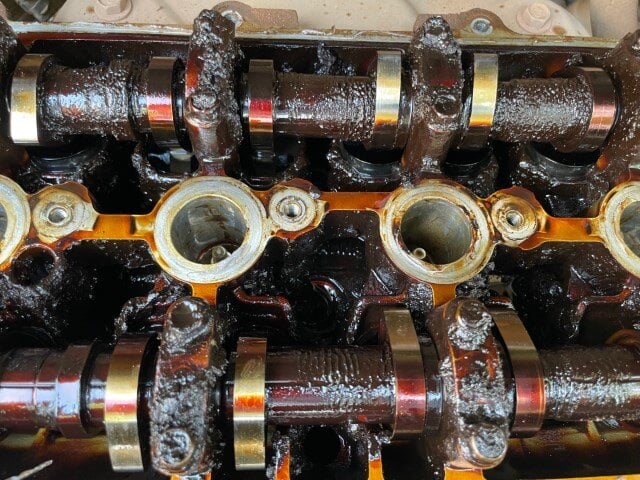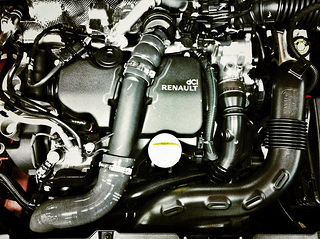How to check for engine sludge
This is the first of a two part series on Engine Sludge. Dont miss Part 2: How to Remove Engine Sludge. Car owners who do a lot of stop and go...

This is the second post of a two part series on Engine Sludge. Don't miss post 1: How to Check for Engine Sludge.
Maybe you haven’t changed your oil in quite a while. If you’re in the unfortunate position where you might suspect you’ve developed engine sludge, it’s not a death sentence for your vehicle. But it is a big red warning sign that something needs to be done. And there are steps you can take to get rid of some or all of this harmful engine sludge. The cost of not doing anything can often mean an entirely new engine.
 The simplest solution here is to use a chemical engine sludge remover. There are some sources that don’t really like them, but they are the easiest way to get rid of engine sludge. They are typically added to the old oil, then you idle the engine for 5-10 minutes without driving it. This gives the chemical solution time to solvate the sludge and draw as much of it as possible back into the oil. Then you change the oil and the engine sludge is removed along with the old oil. Be sure to follow the specific application directions for whatever you are using.
The simplest solution here is to use a chemical engine sludge remover. There are some sources that don’t really like them, but they are the easiest way to get rid of engine sludge. They are typically added to the old oil, then you idle the engine for 5-10 minutes without driving it. This gives the chemical solution time to solvate the sludge and draw as much of it as possible back into the oil. Then you change the oil and the engine sludge is removed along with the old oil. Be sure to follow the specific application directions for whatever you are using.
If the diagnostic tests you run make you suspect you have a lot of engine sludge, then a sludge remover won’t always be your best route. This would be the time to take the car to your trusted mechanic. They will be trained to remove the sludge from critical areas before it causes a catastrophic problem. This will probably involve them taking apart the engine and mechanically removing the sludge. It won’t be as cheap as a bottle of Engine Flush but it will be a heck of a lot cheaper than replacing the whole engine if you do nothing.
Once you’ve gone through the trouble of doing all this, you’ve got a chance for a fresh start with your driving and car maintenance.
Remember that both stop-and-go driving and consistent short trips are the biggest accelerants for engine sludge formation. Think more carefully about the short trips you take and if all of them are absolutely necessary.
Now’s also the time to turn over a new leaf and make sure you change your oil according to the recommendations listed in your owner’s manual. Don’t have one of those? They’re easy to find online, and spend $10-15 and order one. It will be money well spent.

This is the first of a two part series on Engine Sludge. Dont miss Part 2: How to Remove Engine Sludge. Car owners who do a lot of stop and go...

Its time to look at this issue of “engine oil sludge” – what it is and, more importantly, whether you should be concerned about it in your engine....

Even those of us who don't have a comprehensive understanding of vehicle engines understand that the single fastest way to destroy an engine is to...